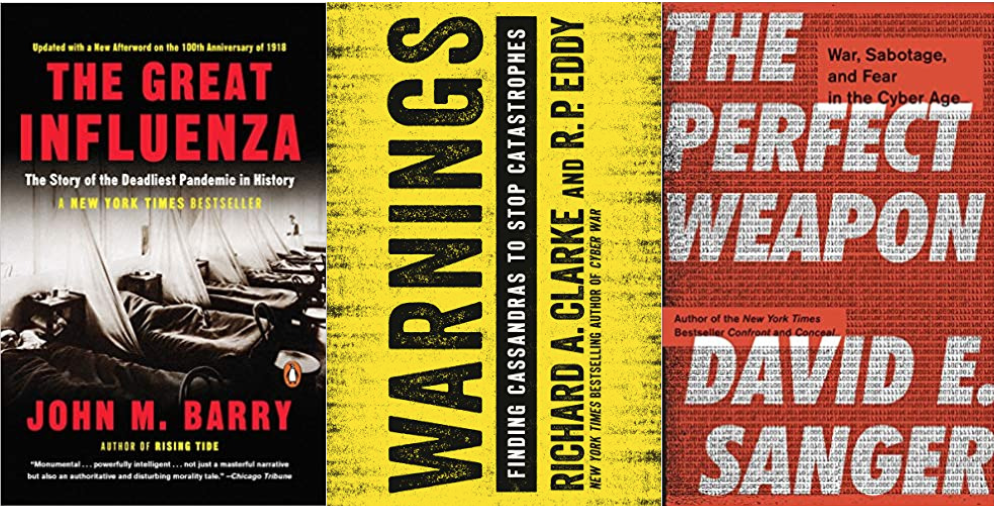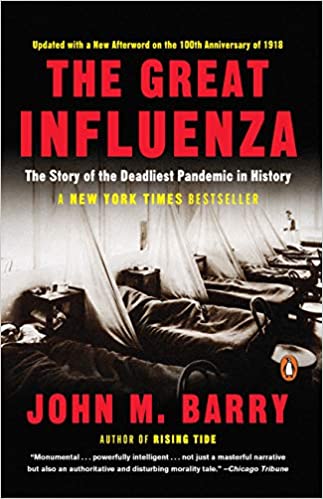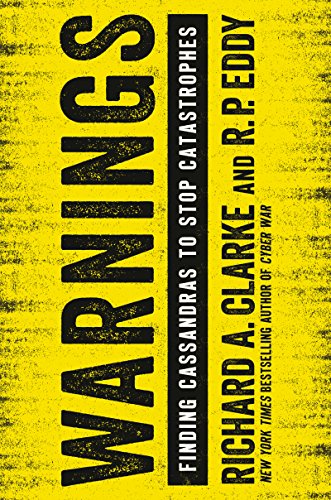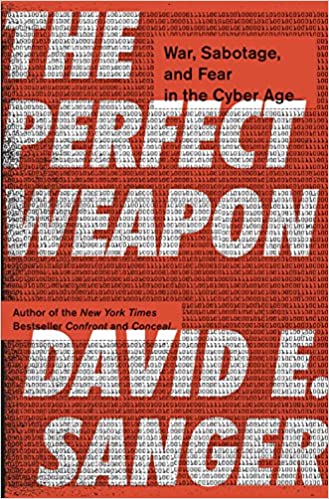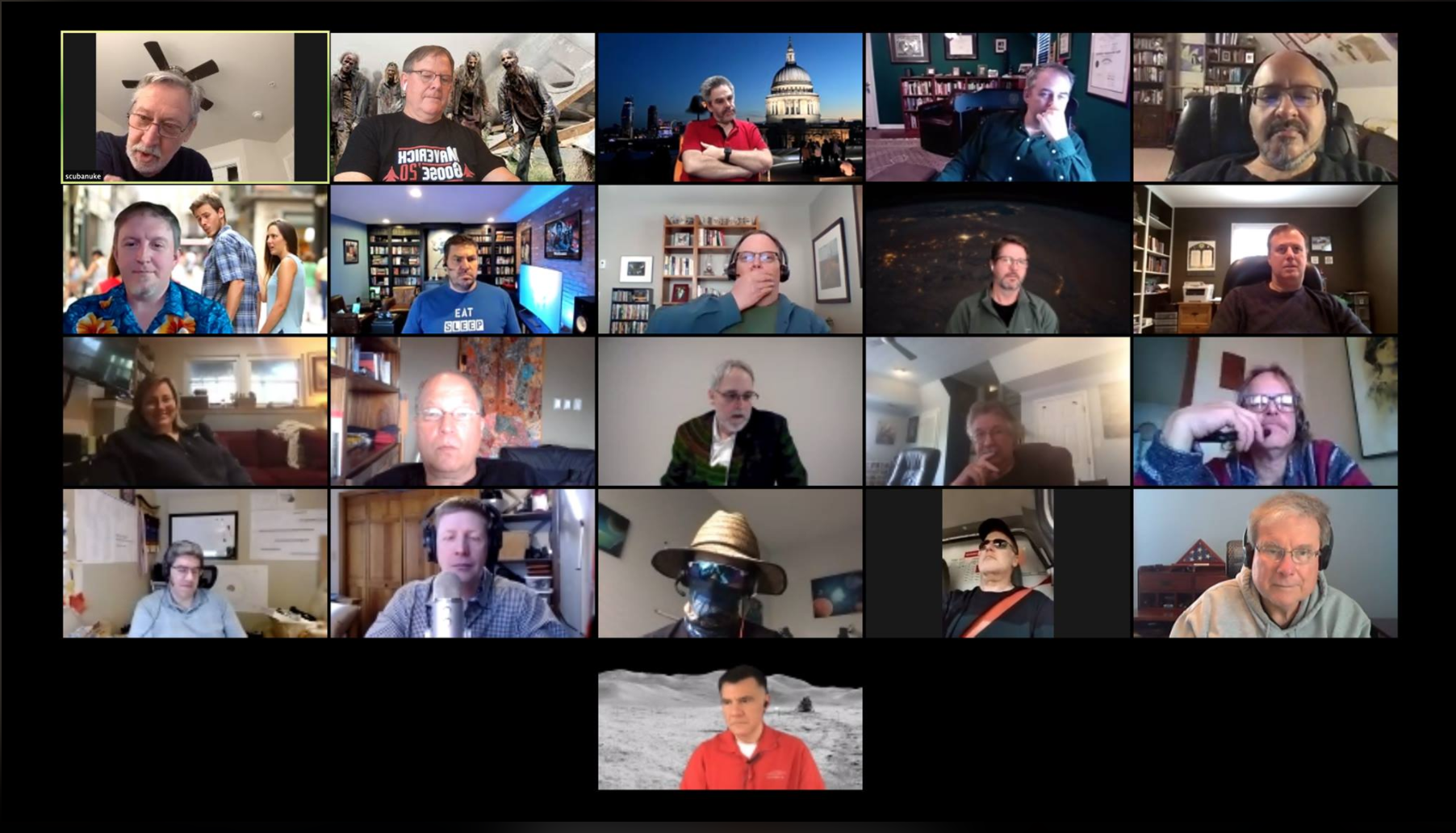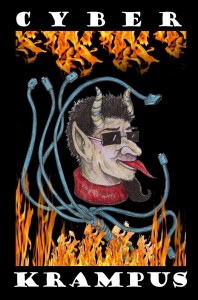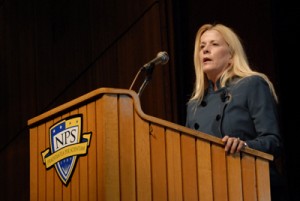I’ve always been a big Van Halen fan. The music is, among other things, a remedy when my depression is running hot, especially during the winter darkness. The songs capture all the feelings of summer, giving my brain the necessary jolt to keep going through the cold.
Reflecting on that in the days since Edward Van Halen’s death, I’m reminded of something else I loved about the legendary guitarist: He reminds me of people I admire in the hacker community. Part of the hacker’s craft involves breaking technology to find and fix security weaknesses in software and hardware. They inspire me endlessly — one of the things I love so much about working in the security industry.
Just as they break things and develop innovative fixes on the fly, Eddie Van Halen was famous for destroying a lot of guitars and amps in his quest to turn the tones in his head into reality.
There is perhaps no better example than his Frankenstrat. He crafted the instrument using parts from Gibson and Fender guitars because he wanted to combine the sound of a classic Gibson guitar with the physical attributes and tremolo bar functionality of a Fender Stratocaster.

He ripped a humbucker pickup from his Gibson, potted it in paraffin wax to reduce microphonic feedback and bolted it onto the guitar in the bridge position, at a slight angle to compensate for the different string spacing between the Fender bridge and Gibson pickup.
He removed both tone controls, wired the pickups in a simple circuit and placed a knob marked “Tone” on the volume-control pot. He then covered over the controls with a pick guard made from a vinyl record he cut up.
He screwed a quarter into the body to stabilize the Floyd Rose tremolo system he used in place of the original Fender tremolo.

One of my favorite stories is about how he hacksawed one of the horns off his Gibson SG so he could hit the high notes of the song “Dirty Movies” with his slide:

For a deeper dive into many of Van Halen’s guitar innovations, I highly recommend this Popular Mechanics article from a few years back, in which he describes a lot of what he was doing at the time. It includes a breakdown of some of his patents.
There’s been plenty of debate over the years about Van Halen: Did Eddie really invent some of the things he claimed to invent? Which was better, Roth-era or Hagar-era Van Halen? (I loved both.) I have lots of friends who love the band, and many who hate it.
I also suspect some of my security friends will beat me over the head for comparing what Eddie did to what they do. Fair enough. But I can’t help but see the parallels.
In a rotten year like 2020, where Van Halen’s death is just one more cherry on top of a shit sundae, getting lost in the music and tinkering that defined the man has been a welcome source of mental shore leave these last days.
We need constant reminders that there’s still joy in the world, and this gets the job done for me.
Thanks, Eddie.



